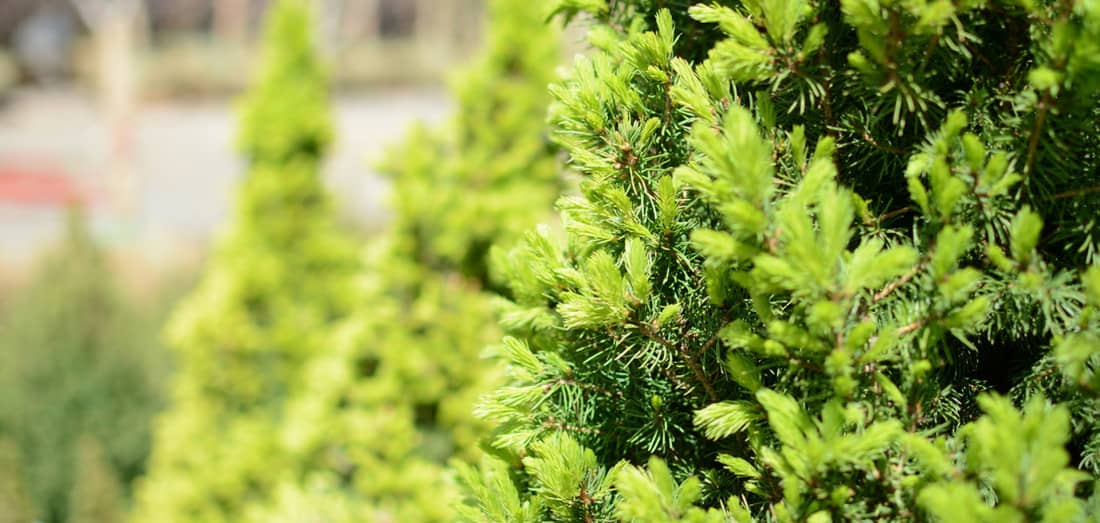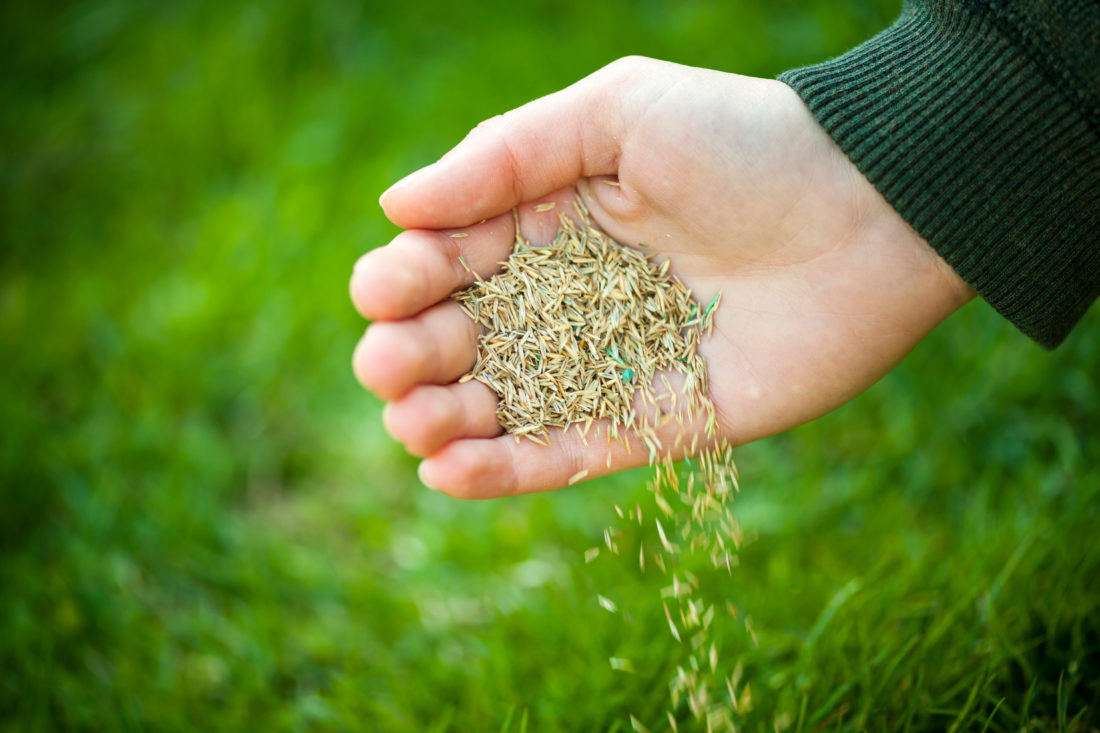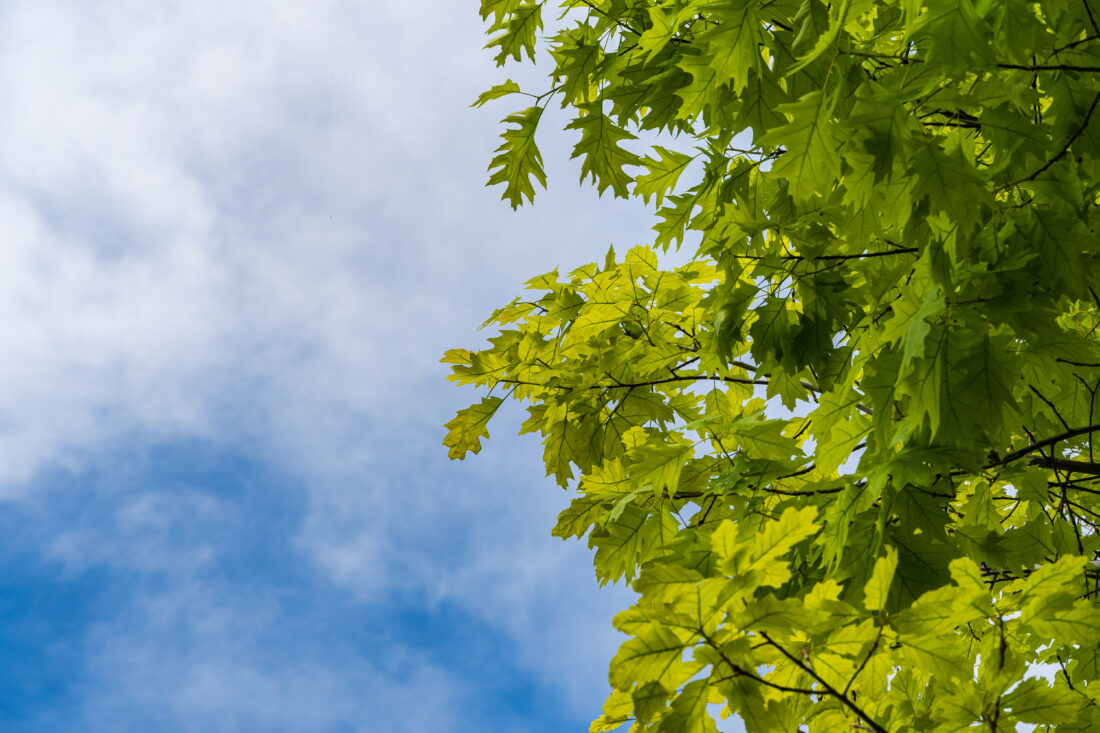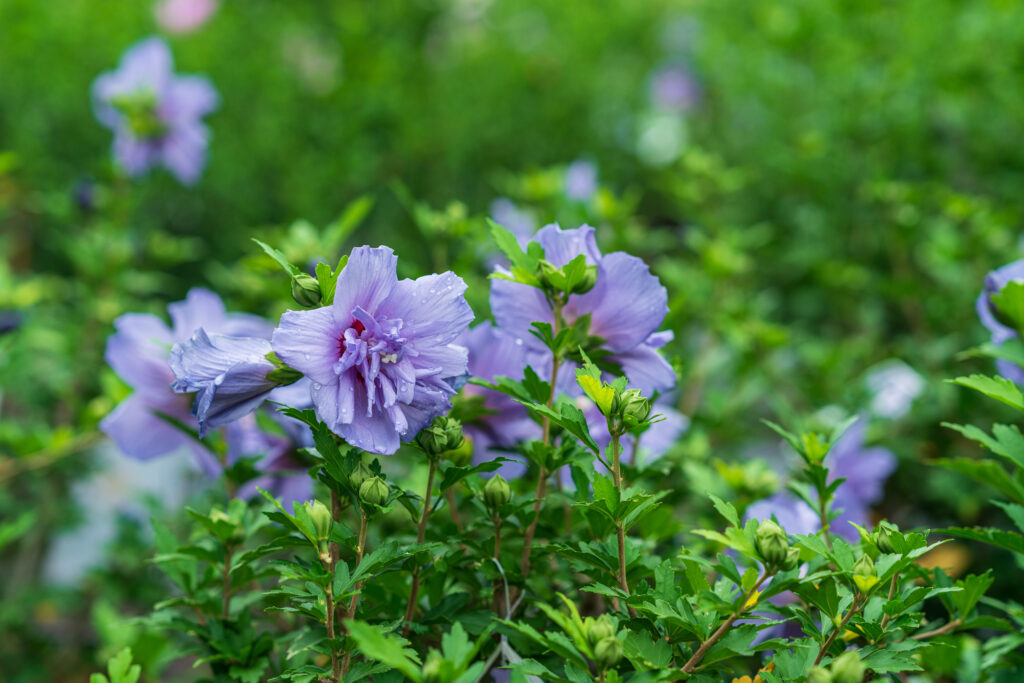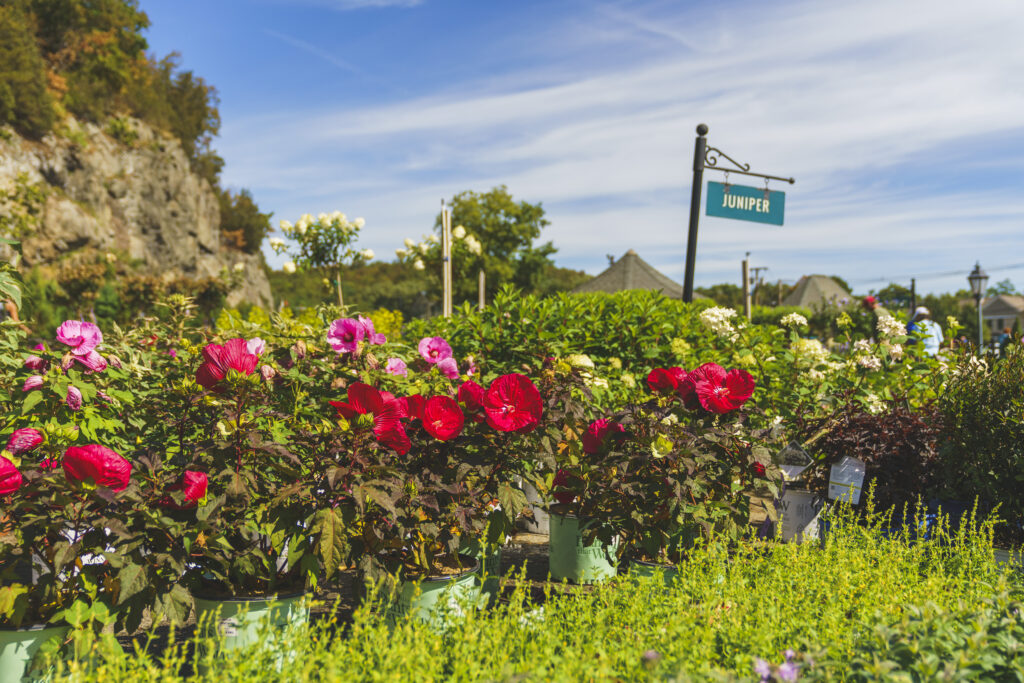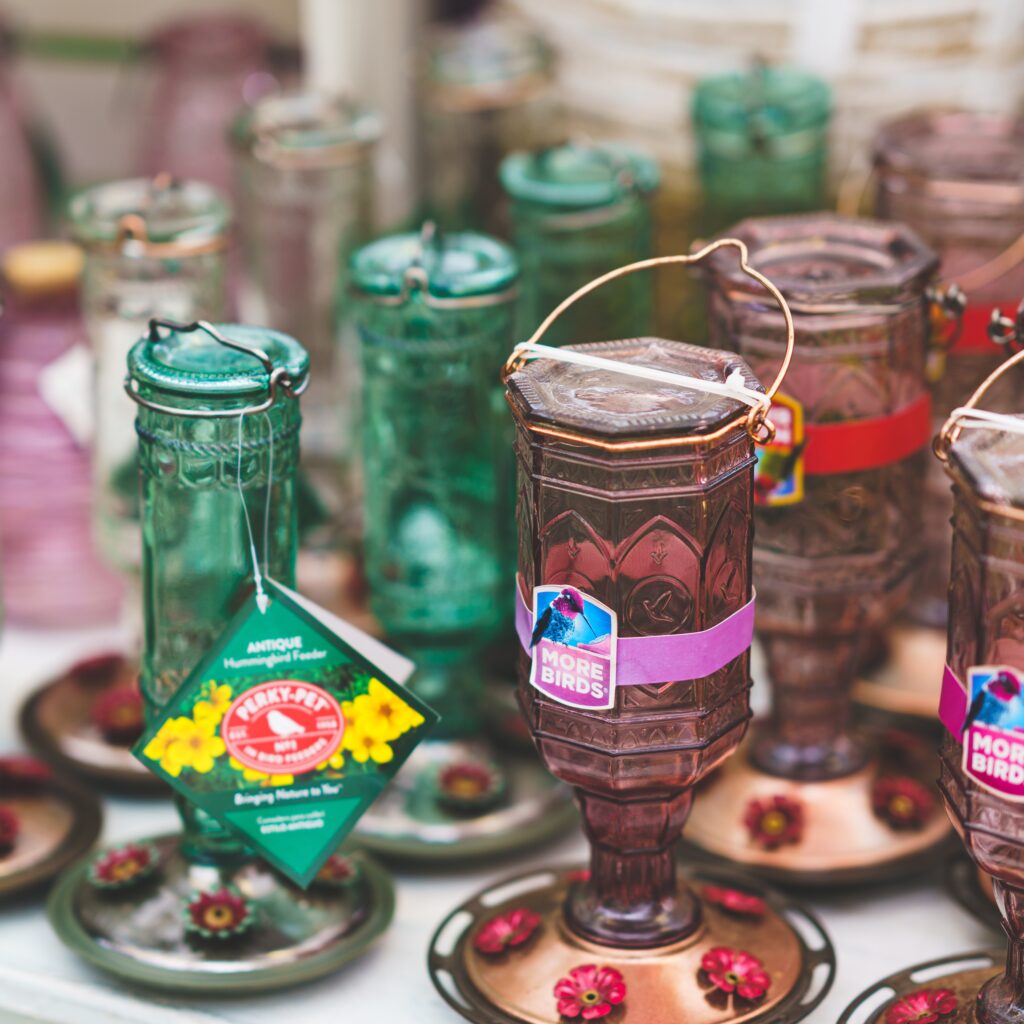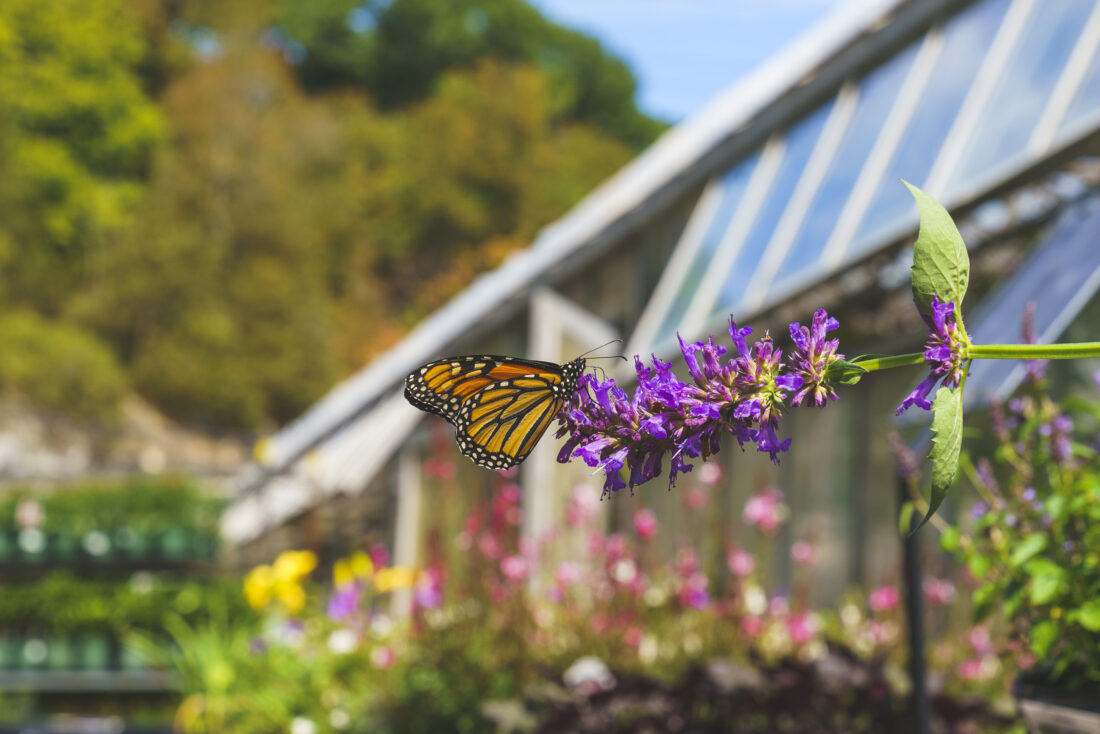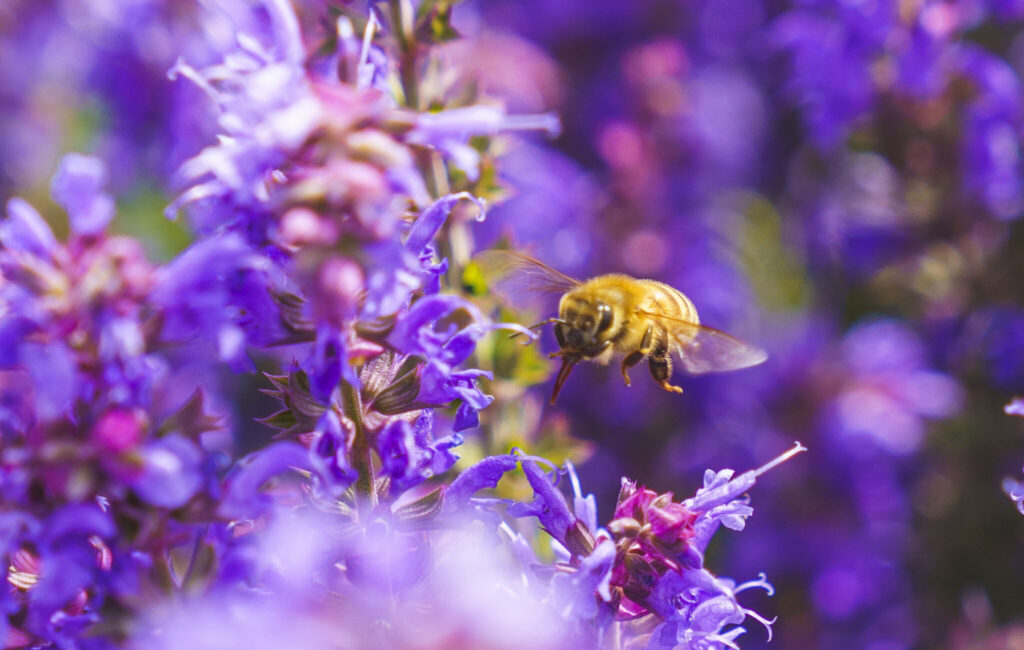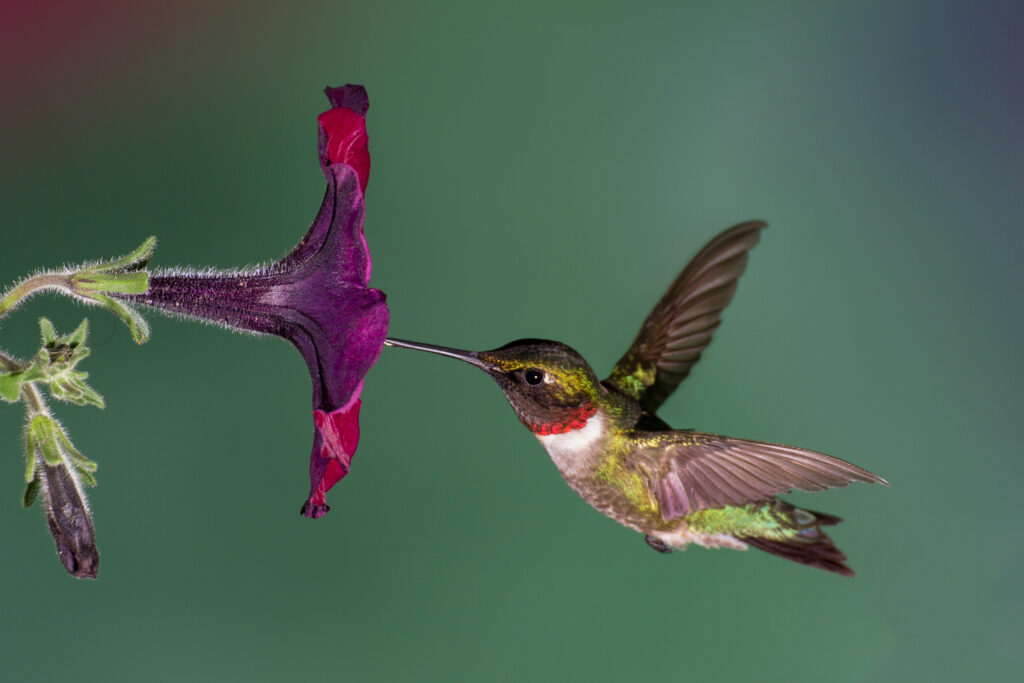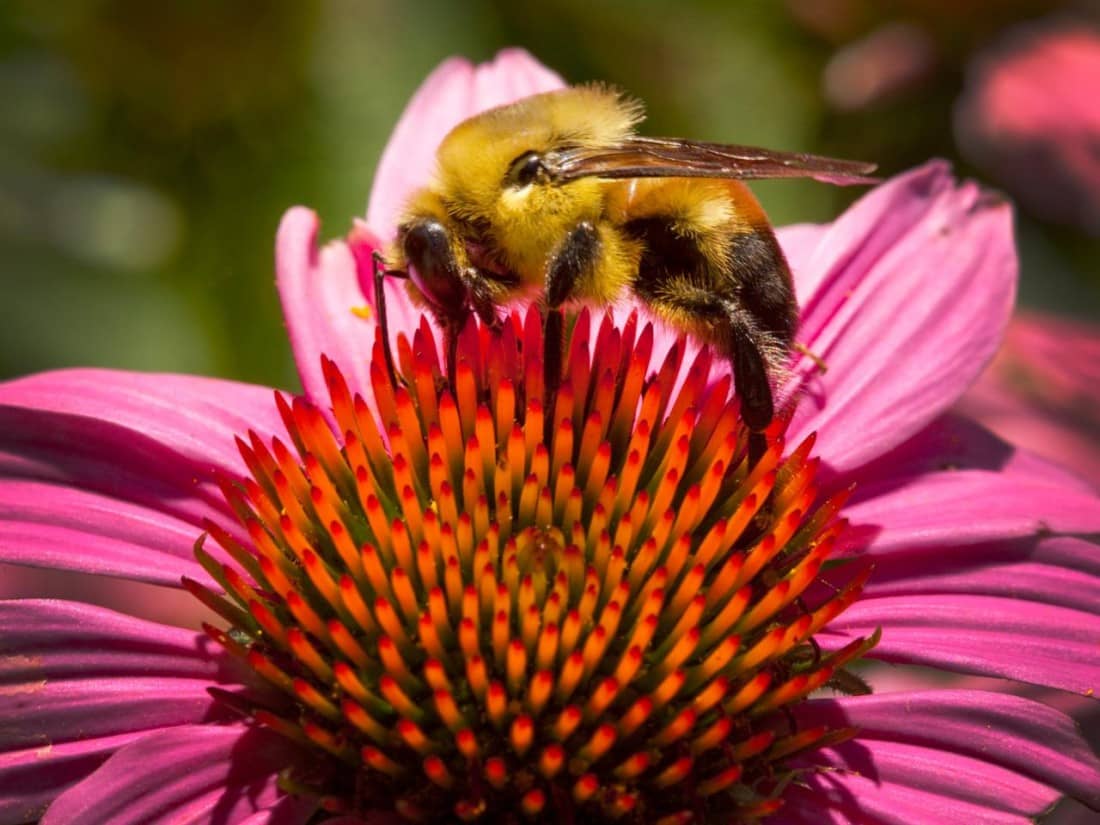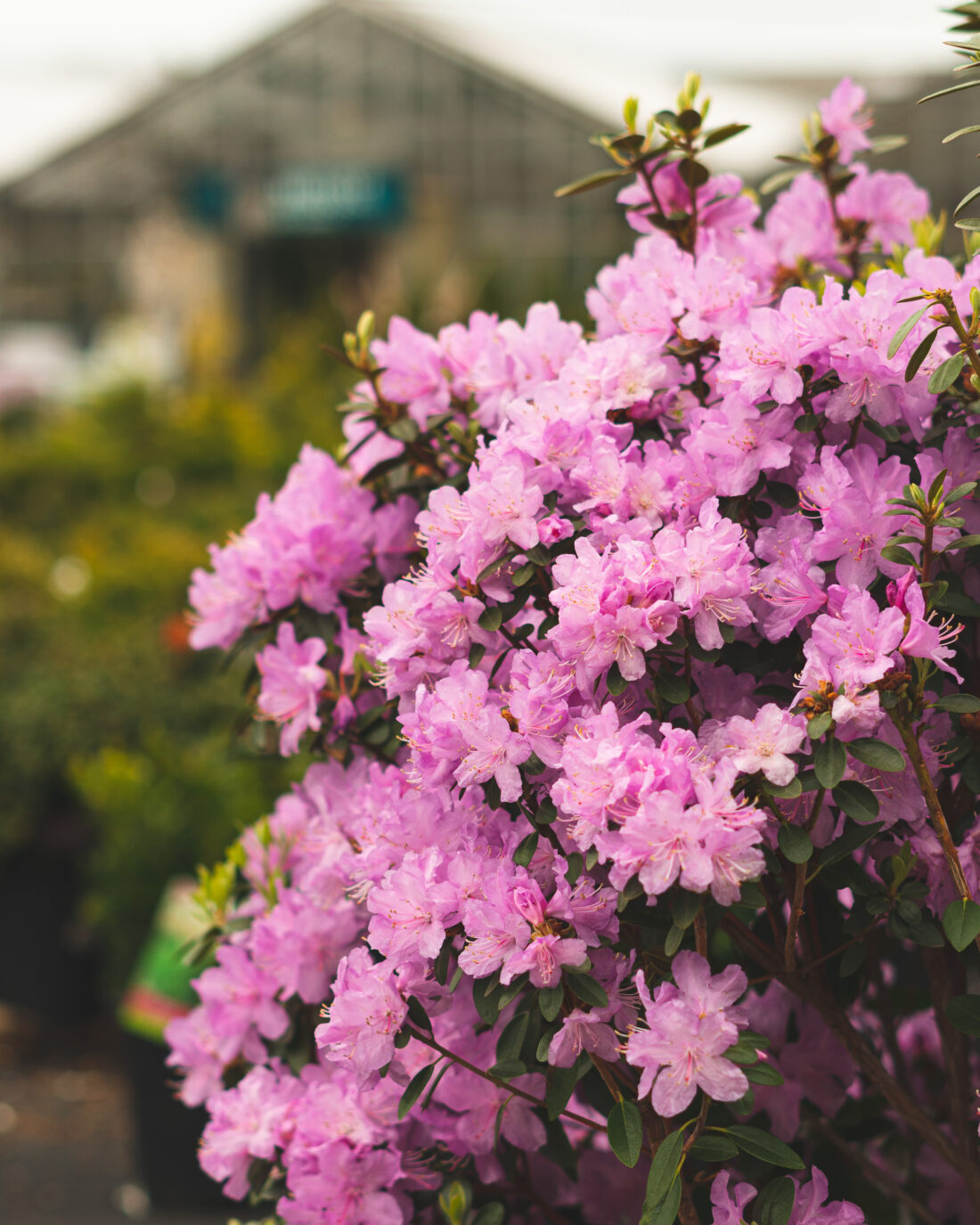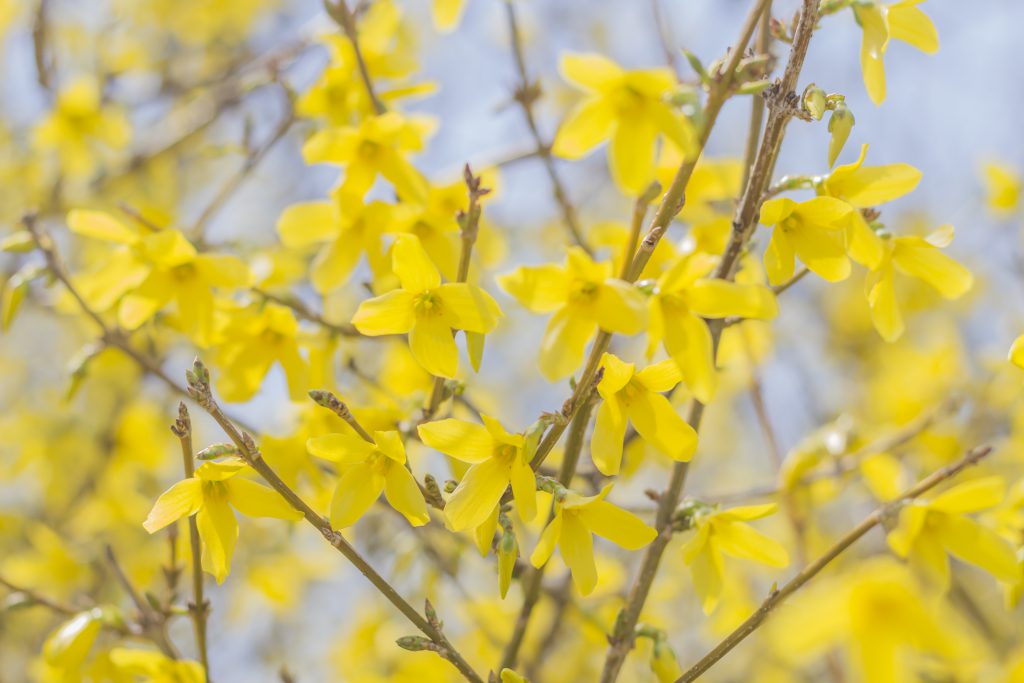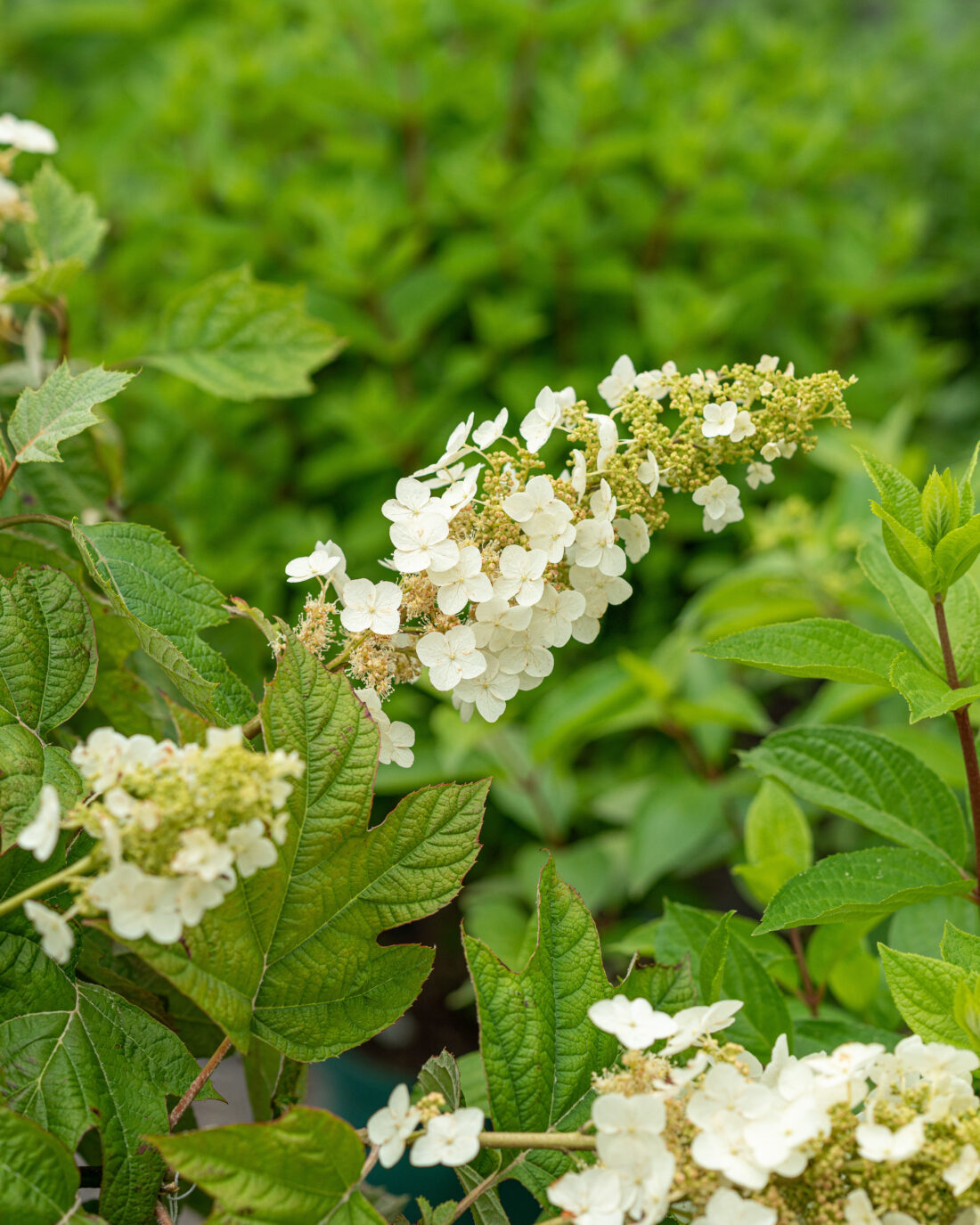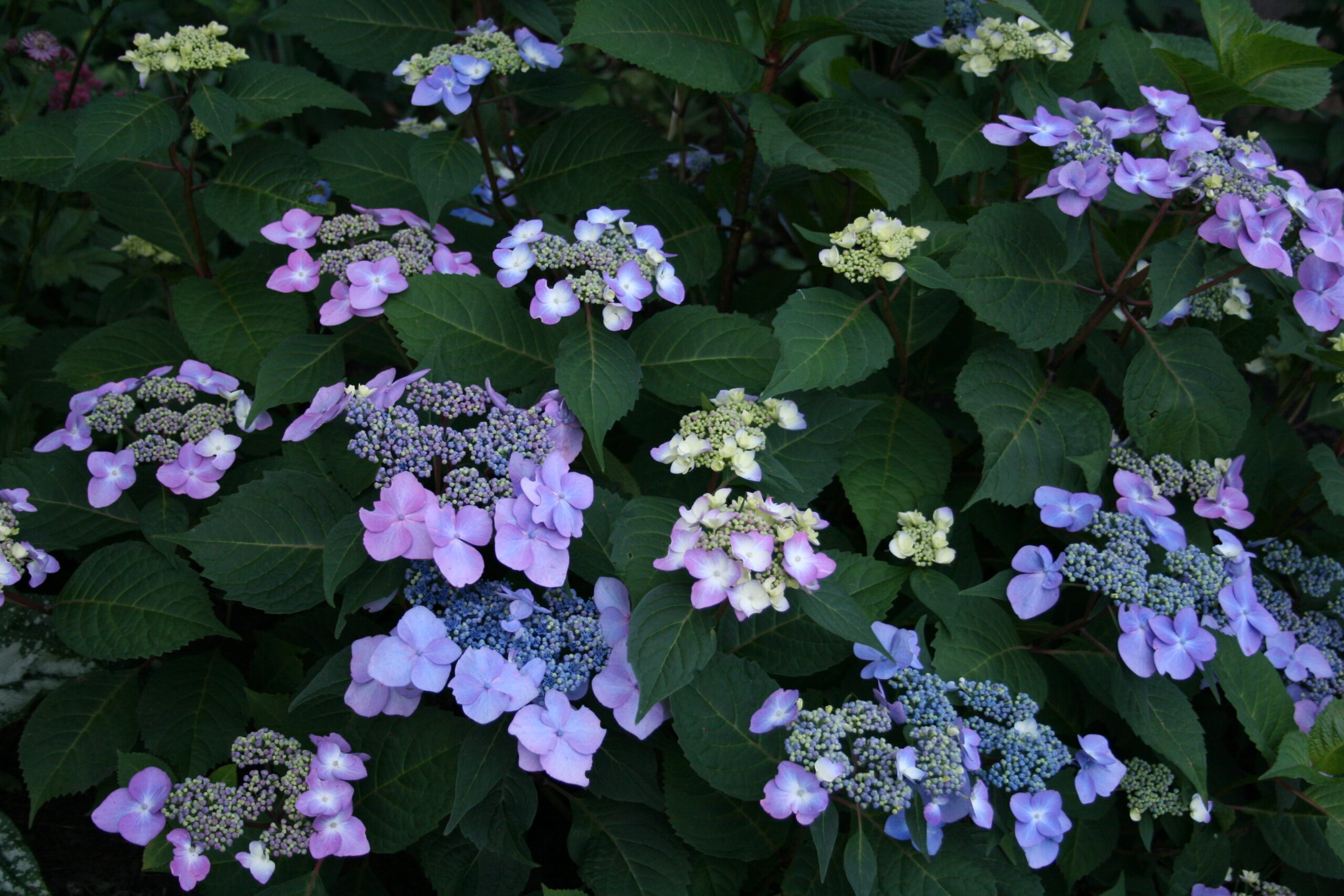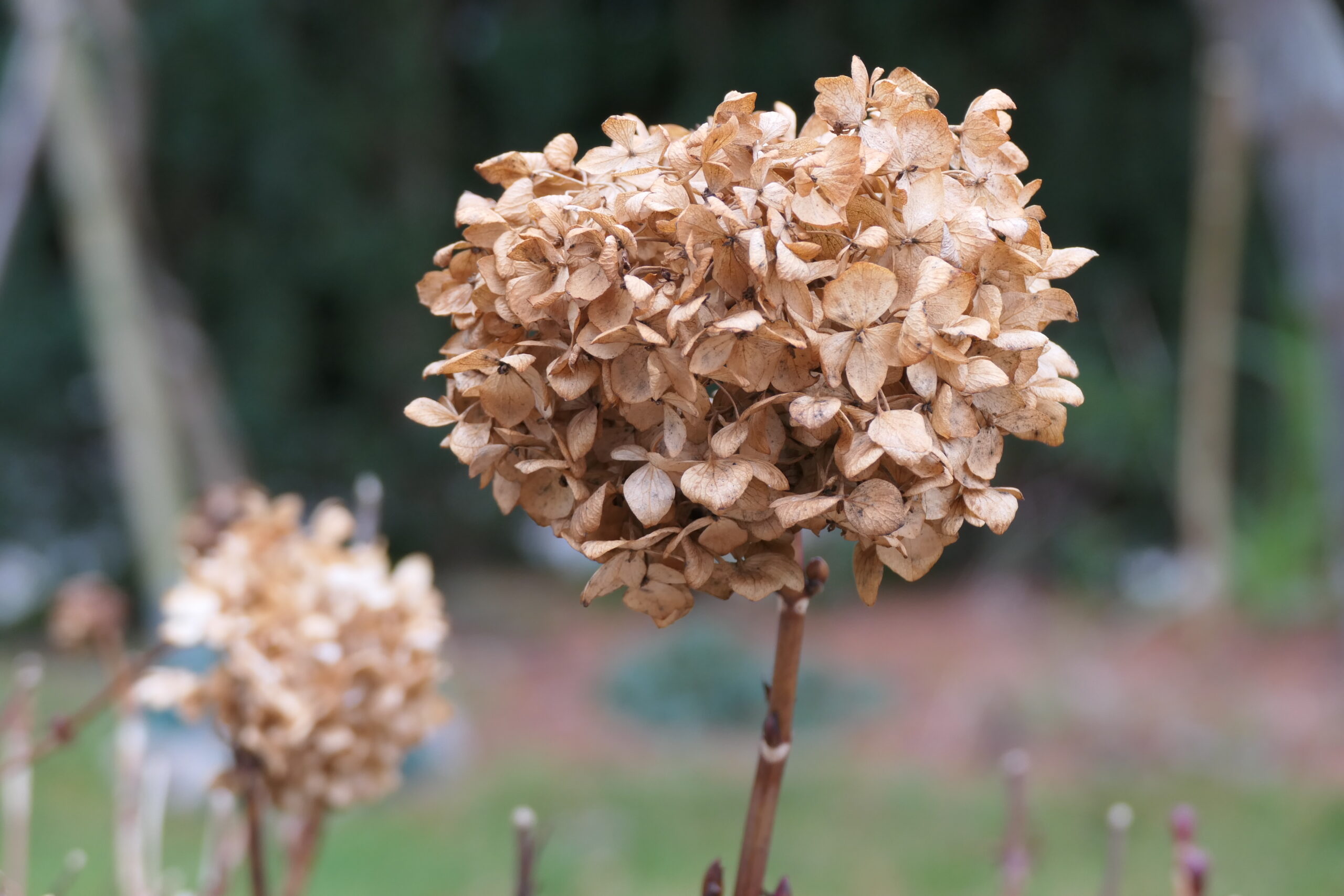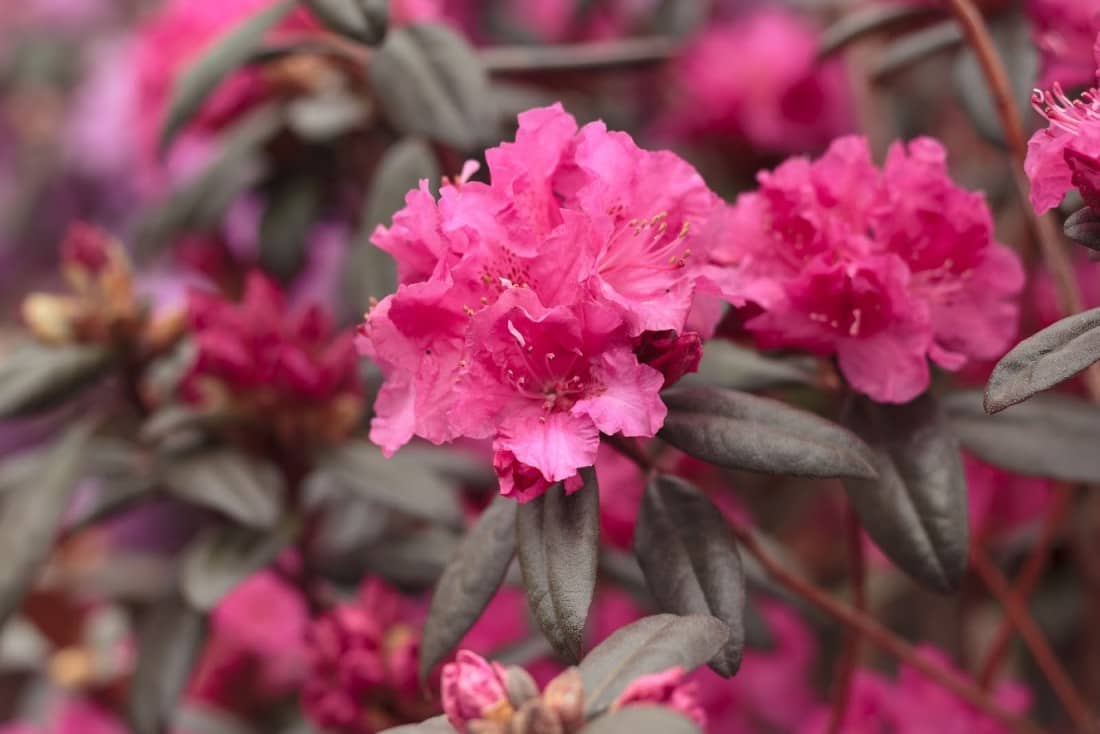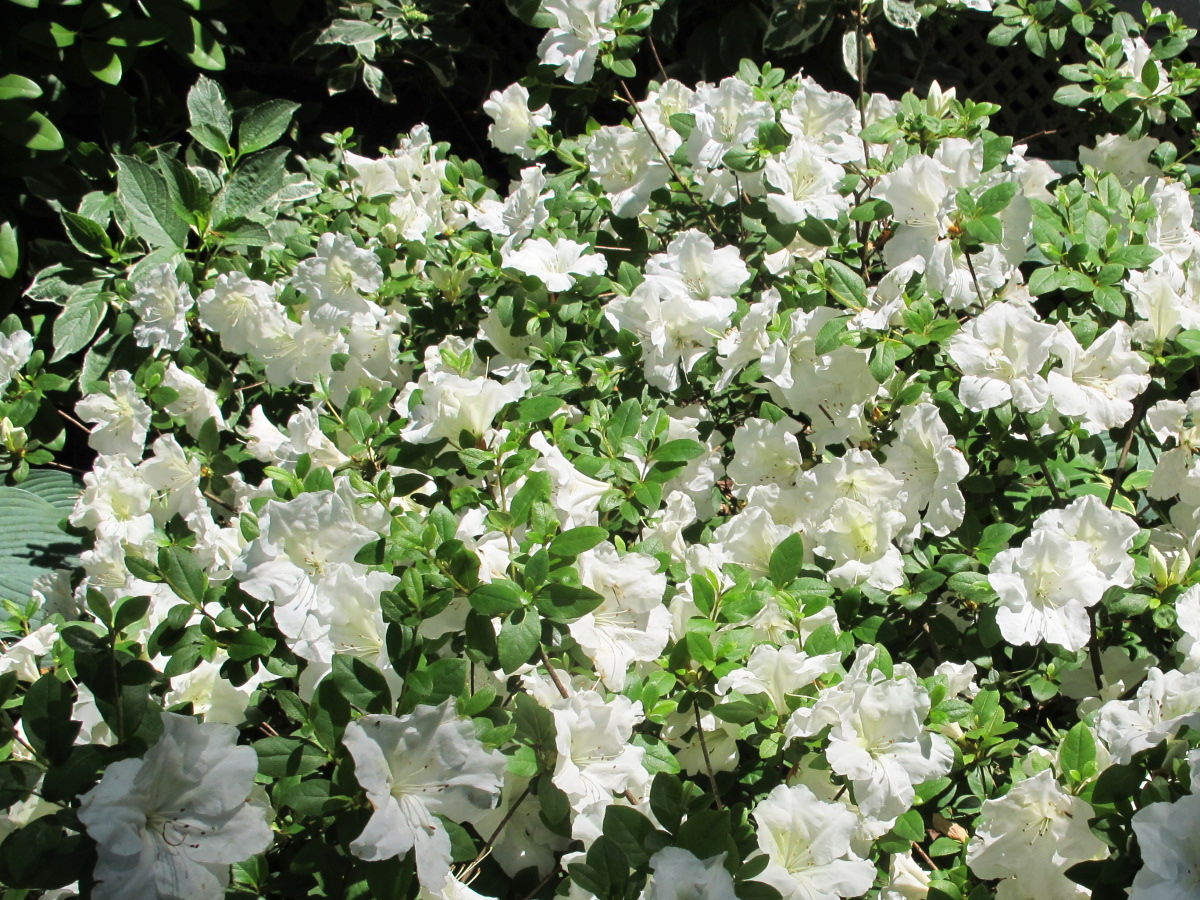FALL IS FOR PLANTING
.. Maybe Even the best time for planting…
It happens every year, people from towns near and far make their spring pilgrimage to Mahoney’s. They come filled with anticipation of new perennials, lush lawns, and flowering shrubs. Simply put, it’s spring, and they want to plant something. No question of course, that spring is a great time to plant, but what many people don’t realize is that fall is not only an equally good time to plant, in many ways it’s better.
To understand why, it’s good to remember that plants do not think like people. While we lament the end of summer, plants – especially newly planted plants – find the cooler days far less stressful. We may dig in our closets for a sweater, but for plants the soil feels warm, which boosts root growth. And while fall rains seem gloomy to us, plants much prefer it to the hot dry summer. And this is true for a whole host of plants: trees, shrubs, perennials, roses, ornamental grasses and even your lawn. Practically anything planted now will have extra time to establish, so when it’s time to grow and flower next year, it will give you a great show at your house, not at the garden center.
HOW LATE INTO THE FALL CAN YOU PLANT?
Fact is, if the ground isn’t frozen and you can still dig the hole, you can still plant. Planting in September and October however allows that much more time for plants to become established, so sooner is better.
There are other reasons fall is a great time for planting. Unlike a lot of garden centers that wind down for the year, Mahoney’s brings in lots of fresh new plants every fall, especially shrubs. Check out our new shipments arriving daily. Planting them now will allow you to enjoy the foliage throughout all seasons, including color changes this fall.
Fall is also the unofficial “hide your neighbor” season. Why, we’re not sure, but a lot of people plant hedges in the fall. We’ll have fresh arborvitae, boxwood and other hedging evergreens as well as privet, hydrangeas, ninebark, spirea, weigela and many more deciduous shrubs. (Social note: for neighbors that need immediate hiding, we carry large and fast growing hedge shrubs. The ‘Green Giant’ arborvitae is especially popular)
Also very popular in the fall are miniature evergreens for urns, containers and window boxes. They add a festive touch for the holidays, and with a little protective care they will survive in a container through the winter. If you want to be greeted with tulips, daffodils and other flowers next spring, you have to plant the bulbs in fall.
Perennials especially benefit from the extra time in the ground before next spring. We bring in a lot of fresh perennials in the fall – especially the fall blooming varieties. We also have a wide selection of ornamental grasses – great for landscapes or containers.
Speaking of grasses, fall is the very best time to pay attention to your lawn. Not only do most lawns need a serious pick-me-up after the summer heat and dry spells, the warm fall soil encourages quick germination and cool air temperatures reduce stress.

